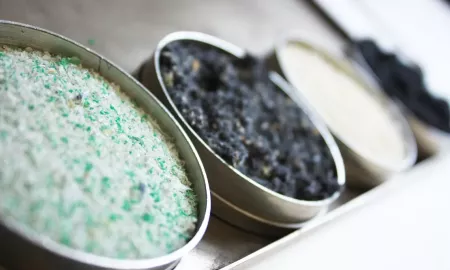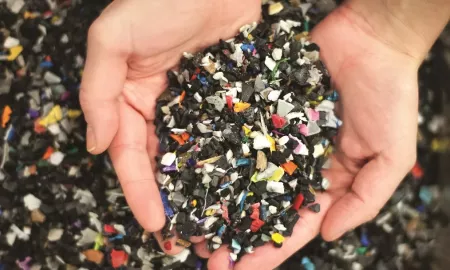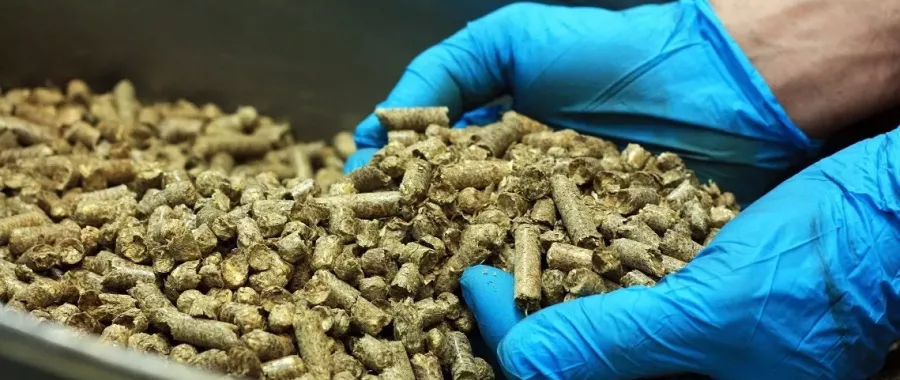Sarah Gazzola, commercial manager, Energy Services, SOCOTEC, explores biofuels’ place in Europe’s renewable energy future.

The European Union’s (EU) circular economy strategy, as well as the COP21 summit in Paris last year, has helped to refocus attention on the issue of sustainability, with governments across Europe exploring ways to drive change to minimise the region’s impact on the environment.
In light of this redoubled commitment, the European Commission is preparing a new renewable energy package to be launched later this year. As part of this process, the Commission is both consulting sector stakeholders and EU citizens on the region’s target to generate 27 per cent of its power from renewable sources by 2020 and, crucially, reviewing its bioenergy policy.
This re-evaluation of bioenergy’s place in the EU’s energy mix is a timely one. Widely hailed as an important way to help reduce dependency on fossil fuels, bioenergy technology and biofuels have developed significantly in recent years, with new feedstocks and equipment making them viable for a broader array of applications. Does bioenergy, therefore, hold the key to a brighter, greener future for power generation?
Evolution of bioenergy
The European bioenergy sector has grown considerably over the last decade. As of 2012, according to the European Biomass Association, it is now the single largest source of green energy in Europe, accounting for nearly two thirds of all renewable power generated in the EU.
Wood pellets remain, by far, the largest source of biomass feedstock in Europe, with 12 million tonnes produced across the EU28 in 2013. However, the European market is seeing the introduction of biofuels from a broader range of sources than ever before. Many of them have the potential to revolutionise bioenergy, as well as blur the lines between the power, agricultural and waste sectors.
For example, miscanthus, a fast-growing member of the grass family, is now being grown on a large scale across Europe specifically as an energy crop, while agricultural by-products – once regarded as waste materials – are now also being pressed into service as biofuels. Oat husks, corn stalks, peanut shells and coffee grounds, as well as the residue from sugar production, are now being pelletised and turned into a solid fuel stock alongside wood pellets, while sewage and animal waste are also being processed to generate biogas.
The way this waste is processed to turn it into biofuel is becoming more advanced as well. ‘Gasification’, for example, has become increasingly used across Europe in recent years, as a highly robust and efficient method of producing biogas. Using a combination of high-temperature reactions and oxygen reduction, the process converts solid and liquefied slurry or animal waste, as well as ‘standard’ solid biofuels, such as wood chip or recycled wood, into a synthetic gaseous fuel called syngas.
Gasification involves much higher temperatures than typical biogas production methods, making it easier to remove contaminants, such as sulphur and nitrous oxides. This minimises potential particulate emissions when the fuel comes to be used, reducing its environmental impact. It also makes carbon capture much simpler – a crucial plus point for manufacturers and other companies in Europe, which have to meet strict emissions standards.
The impact of biofuels
The increasing diversity of biofuels, not to mention waste-derived fuels, has had implications for energy companies and their operations. To take advantage of all of the newly-available feedstocks, and secure a constant reliable supply of fuel, many are now looking into the technology they use to generate power.
Due to their individual organic properties and calorific values, for example, each feedstock – biofuel and waste-derived alike – reacts differently when burnt. This means that, traditionally, certain types of boilers are only suited to specific fuels, and each one has to be calibrated for each fuel type to ensure optimum efficiency. All this potentially inhibited the adoption of bioenergy as an energy source.
Now though, steps are being made to take advantage of the more diverse fuel market, with the development of multi-fuel power stations, which incorporate advanced boilers capable of generating energy from a variety of materials. Plans for building such plants in the UK are already in the pipeline, such as the Ferrybridge Multifuel 2 (MF2) facility, in West Yorkshire, which, when completed, will be able to process as much as 675,000 tonnes of not just biofuels, but waste-derived fuels as well, from a range of sources.
The rise of bioenergy and waste-derived fuels has also led to a revolution in the renewable heat market, leading to the growth of district heating schemes across Europe. District heating – the use of a centralised boiler installation to provide heat for a number of buildings – is well established in North European countries, such as Denmark, where it provides 60 per cent of the nation’s heating requirements.
Now, however, schemes are being implemented in the UK, offering cost advantages for local residents, as well as reducing the environmental impact of the built environment. Many of the initiatives already in place, such as the Lee Valley Heat Network in Enfield, London, burn waste-derived fuels, but there is considerable opportunity for future projects to use biofuel feedstocks.
Both large-scale bioenergy generation and smaller community energy schemes are helping to decrease the EU’s dependence on fossil fuels. Despite this though, these schemes are still subject to the same environmental standards as fossil fuel facilities, requiring the organisations operating them to carefully monitor both the carbon and particulate emissions of their facilities to ensure they meet EU targets. To support organisations in this, the International Standards Organisation is about to introduce global regulations that all biofuels and waste-derived fuels can be measured against.
Looking ahead
To meet its 2020 sustainability targets, the EU will have to generate nearly a third of its power from renewable sources. However, renewable energy generation varies significantly between EU member states – in 2012, some 51 per cent of Sweden’s energy comes from green sources, compared with just over four per cent for the UK. The use of bioenergy is similarly uneven. Around half of Germany’s green power is generated using biofuels, compared with France, where the figure is just 13 per cent.
However, the tide is beginning to turn, with wood pellet consumption in Europe, for example, continuing to grow. In addition, there are proposals across the UK and the rest of the EU for more multi-fuel power stations like the Ferrybridge plant, capable of burning agricultural biofuels, wood by-products and waste-derived fuels.
As we approach the launch of the revised Renewable Energy package, it is clear that much more needs to be done to ensure the EU reaches its renewable energy targets on time. Governments across the continent need to see both bioenergy and waste-derived fuels as a crucial part of their nations’ renewable energy mix, and encourage their waste, energy and agricultural sectors to work together to optimise resource efficiency. This way, they can not only help to cut the EU’s reliance on fossil fuels, they can play a key role in creating a genuine circular economy as well.
*This article was first published on 29 April 2016 by MRW, the leading business magazine and website in the recycling and waste management industry. For more information, see www.mrw.co.uk.
Want to find out more about SOCOTEC's biofuel testing services?

You might also like







Add new comment